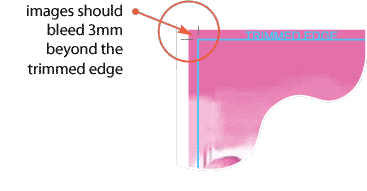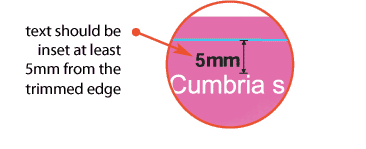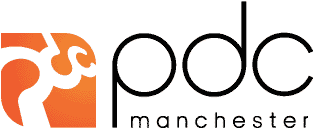Artwork Guidelines
Common Paper Sizes
We can print to many different custom sizes. But these are the most common European paper sizes in use.
| A0 | A1 | A2 | A3 | A4 | A5 | A6 | A7 |
|---|---|---|---|---|---|---|---|
841 x 1189mm |
594 x 841mm |
420 x 594mm |
297 x 420mm |
210 x 297mm |
148 x 210mm |
105 x 148mm |
74 x 105mm |
File formats
For best results, we prefer to print from PDF files as these retain your layout and fonts as they were designed. We will accept a variety of other formats, but they do have a tendency to cause additional problems. Most commercial applications have a way to export your design as a PDF, but there are free and shareware utilities out there that can create PDFs.
Resolution
If you're working with images, you need to try and keep the resolution of your file at a minimum of 300 dots per inch (dpi) to ensure a nice sharp print. Anything less than that can cause your image to pixelate when printing, causing a nasty 'blocky' effect.
Bleed

We require bleed to allow for the tolerance of our guillotines. Even with our 'state of the art' cutting equipment, there is still a margin of error when trimming.
If you've got a background colour or image that you want to print up to the edge, then you need to extend the dimensions of your artwork by an additional 3mm at each edge. This is then trimmed off your printed item, ensuring that the artwork goes to the edge. For example, if you're creating an A4 (297 x 210mm) document, you need to allow an extra 3mm on each edge, making the final size 303 x 216mm.
Text Inset

Text inset works a bit like the opposite of bleed. And is again down to the tolerances involved while trimming.
We advise that you keep any text at least 5mm away from the edges of the finished size to avoid it being lost during trimming.
Please feel free to contact us with any queries regarding the supply of your artwork.
Tel : 0161 832 9775
All prices exclude VAT and delivery (unless specified).
Copyright © PDC Manchester. All rights reserved.
